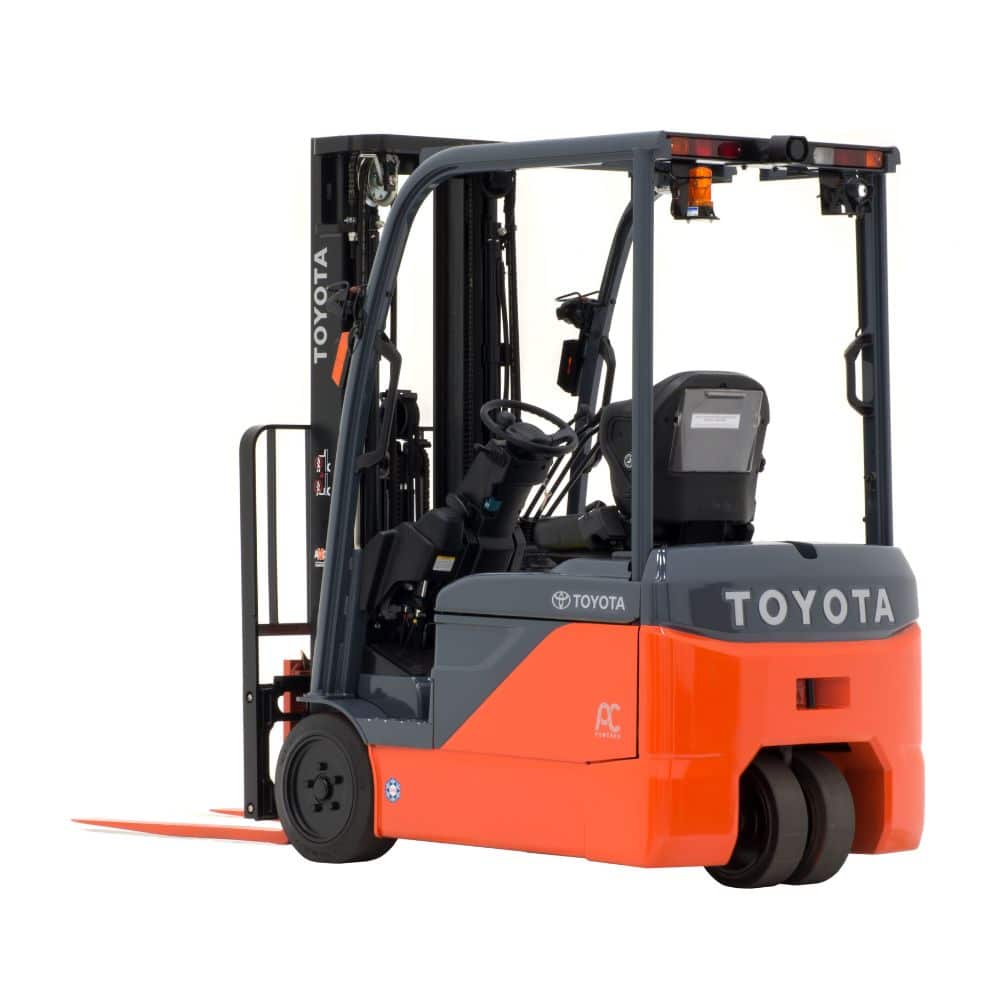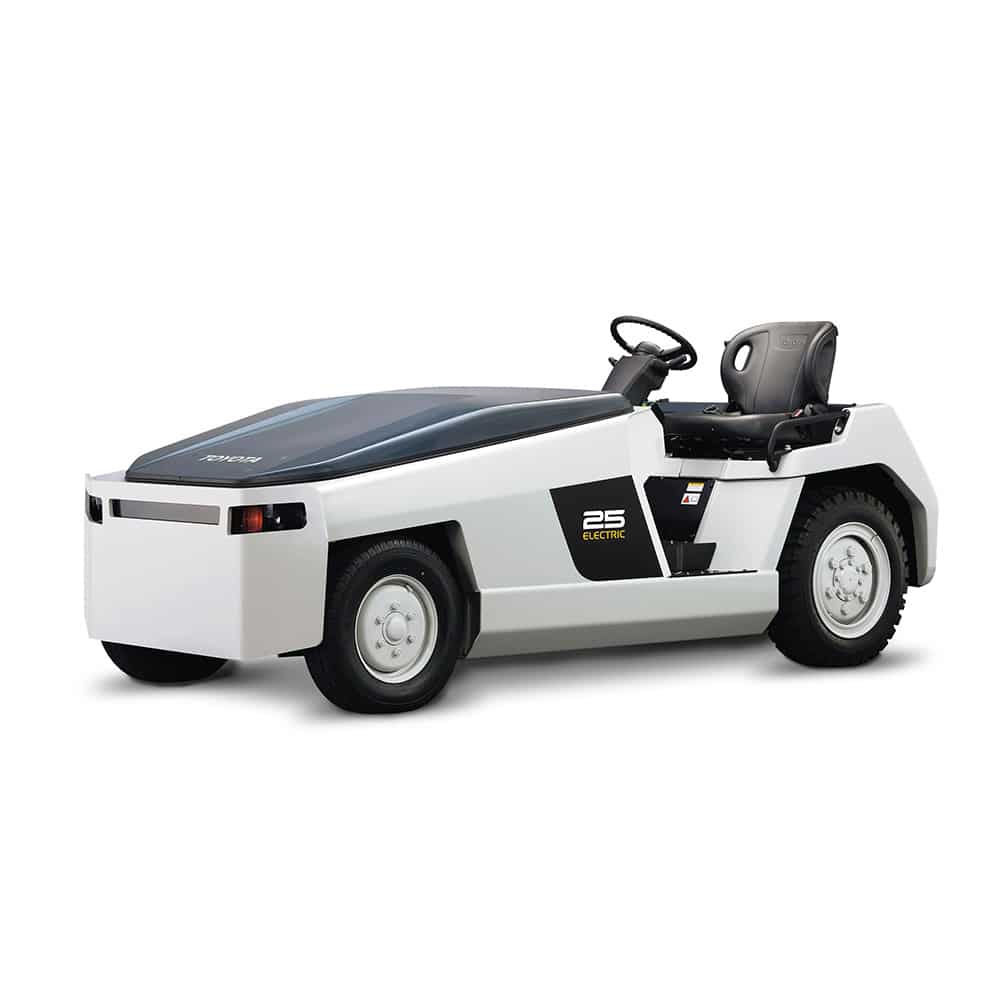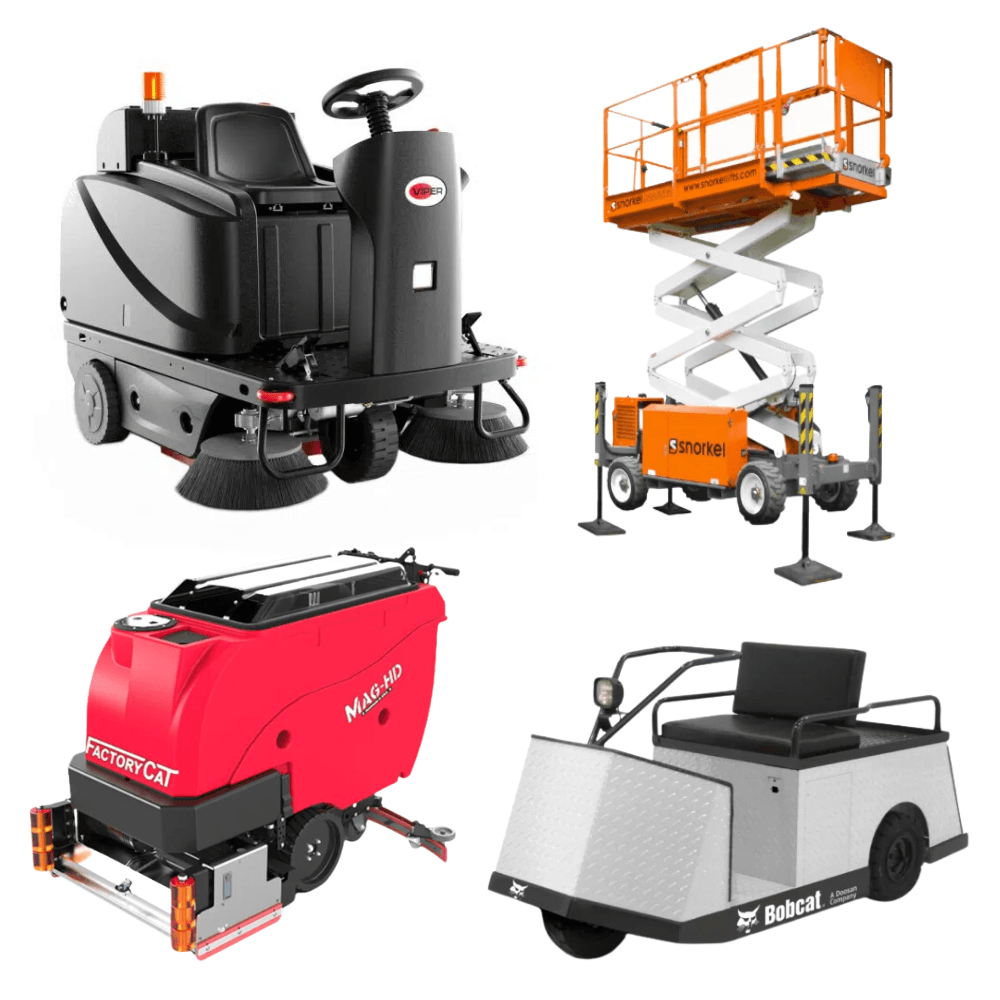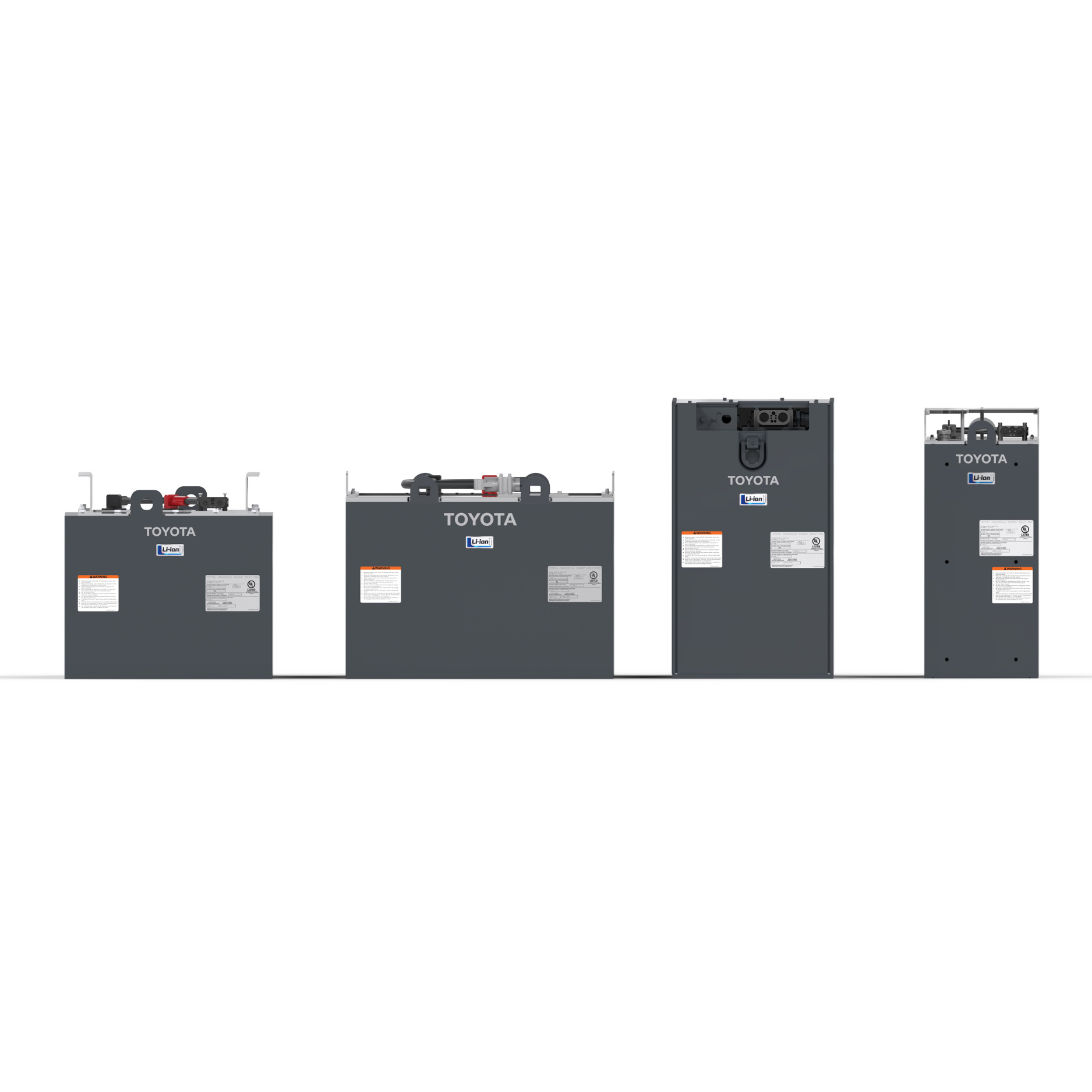The Benefits of an Effective Planned Maintenance Program
Lift Truck Center, Inc. began in the business of servicing lift trucks and industrial equipment in 1982. Since that time, we have seen a wide range of changes in the design, training and technology required to properly maintain equipment. Regardless of what has changed, many of the same questions continue to exist in the minds of industrial equipment owners on how best to maintain their equipment and enjoy the lowest possible cost of operation. We hope the following serves as a resource to help you understand some of what is involved, and ultimately determine what is most cost effective and beneficial for your company.
First things first, accept the fact that regardless of utilization (usage), all equipment needs to be maintained. Save yourself and stop reading if we don’t agree on this point. Equipment with low utilization, unless used in hostile applications (i.e. foundries, freezers, dusty or abrasive environments), require less frequent service intervals compared to highly utilized equipment. Simple principle to accept right?
In addition to usage and application, the type, brand and fuel/power source of your equipment also weighs in to determine the frequency of service required. Electric powered equipment, especially those with AC electric (brushless) motor technology, require less maintenance than their internal combustion engine powered counterparts. Additionally, electric powered reach trucks normally require more frequent maintenance than their counterbalanced electric powered models. OK, I just saw one of you close your browser….that hurt.
For those still reading, thank you, and I hate that one got away. Now it’s time to shift to questions that only you can answer. Do you track your cost of operation as it equates to each hour the equipment operates? If so, are you tracking the hours of operation from “key on” time, or actual time the equipment is moving and/or using the hydraulics? The important take away is to remain consistent with whichever method you use for tracking.
This is where it gets personal. As the equipment owner or fleet manager, you highly impact the overall cost of ownership by the disciplines and accountability that you require within your operation. Your management in these areas far outweigh any acquisition savings related to your decision to purchase brand X versus brand Y.
- Do you invest in regular and formal operator training?
- Do you require your operators to perform pre-operational inspections before putting the equipment in to service?
- Do you educate your operators on how and when to properly charge or change batteries in electric powered equipment?
- Do you educate and train your maintenance team on the recommended service intervals, specific fluids and adjustments that are required?
- Now for the triple dog dare question, do you believe in the benefits of planned maintenance (PM)? If you’re wondering, I see the whites of your eyes
We hope the answers are “yes” to all the above questions. The more likely truth is that you want the answers to be “yes” but are challenged by time constraints to properly support these important initiatives. Even if time was abundant, does it really make business sense for your company to invest in what is required to train and purchase the specialized tools to properly maintain this equipment in house? You haven’t asked, but based on what we have learned, unless you are a large fleet user, our answer is normally “no”.
Let’s revisit the triple dog dare question about believing in the benefits of performing planned maintenance. We hope that you consider the following summary of the benefits of proper planned maintenance:
- Proper planned maintenance, performed at the correct service intervals leads to a longer economic life expectancy of the equipment. In practical terms this means eat right and exercise (I’m back to making it personal again) and you will live longer. Unfortunately, as we all know there are individuals that eat right and exercise that pass prematurely due to poor genetic DNA. To correlate this to equipment, genetic DNA are the design, technology and quality differences between lift truck brands X, Y and Z.
- Just as hydration is essential for the body, lubrication is essential for equipment. Without it, the rate of wear and the expense of making avoidable repairs increase.
- Depending on the specifications of your equipment, the end of life value on well-maintained equipment is worth thousands of dollars more than poorly maintained equipment. If you own a white elephant, sorry friend, there’s no hope.
- Planned maintenance will not entirely eliminate equipment downtime, but it frequently allows you to schedule the downtime instead of being surprised with a breakdown at the peak of your busy period. The eye and ears of a trained lift truck service technician can often detect early signs of wear that provide you with the opportunity of scheduling and budgeting a repair before the repair becomes an emergency that forces you to immediately respond, with the added expense of lost productivity and a replacement rental.
- Be sure to understand what services are included when performing a PM by reviewing the equipment checklist to ensure that it is comprehensive and not a “lube n’ leave”. Don’t be deceived, the scope of work performed, and content of PM programs are not all created equally.
- Improved equipment safety from planned maintenance inspections lead to fewer accidents which positively affects the cost of your workers compensation and insurance coverage. Let’s be honest with each other, how many of you can walk up and visually determine if a set of lift chains on your lift truck are stretched and worn? At the time of writing this article, I personally have 38 years of experience as a lift truck professional and seldom am I able to make that determination without a measurement aid that calculates wear. Yet we trust those same lift chains to lifting thousands of pounds above our heads each day? Yikes!
- Improved accountability and the spirit of Kaizen (continuous improvement) are the results of an effective planned maintenance programs. Your operator, fondly nicknamed “the Terminator” tends to treat the equipment with greater tender loving care if they know that someone is documenting the dents and condition of the equipment on a regular basis. If interested, Big Brother devices are also available as options that can tattle when those dents occur…I’m just sayin’. Awareness to repeat repair patterns begin to surface through planned maintenance service. This awareness leads to questions, and questions lead to discovery of things (and solutions) that have high impact to the cost of operating your business.
Are there more variables to consider? Yep, but these should provoke some important thoughts to consider. We have professional technicians and customer care consultants that are available to dig deeper and help you better understand your needs and recommend solutions that best fit the uniqueness of your operation. You are now welcome to resume Googling.





